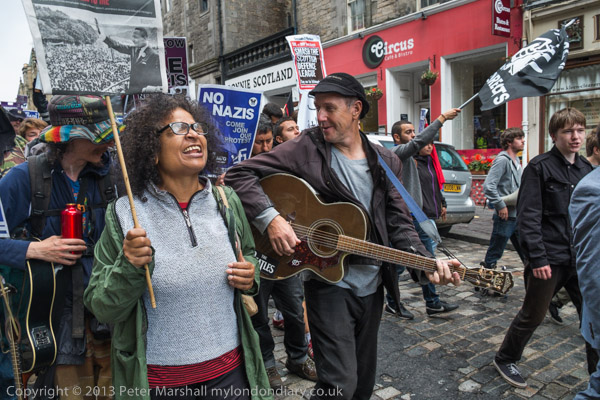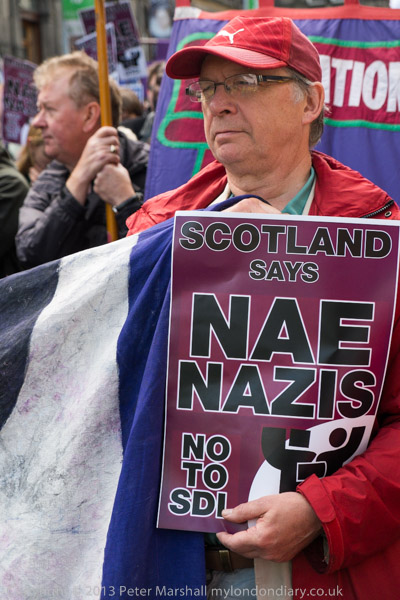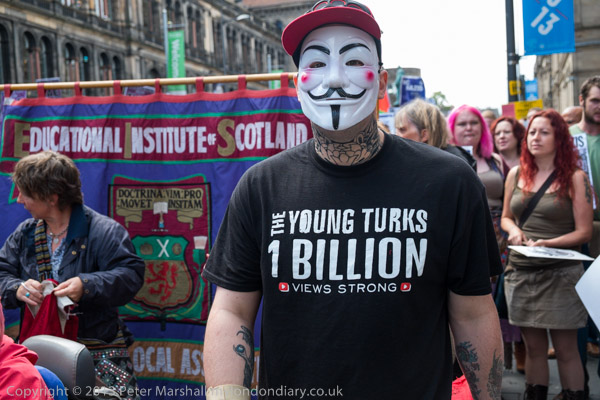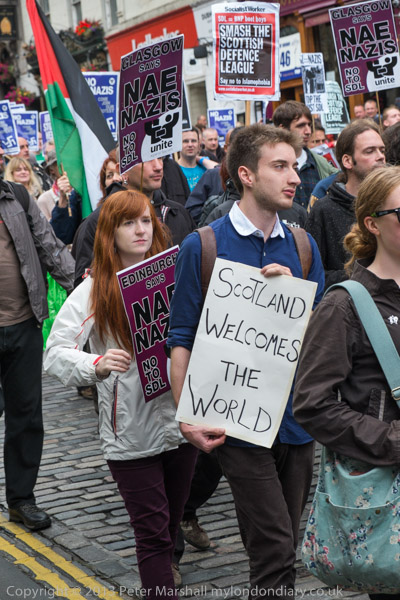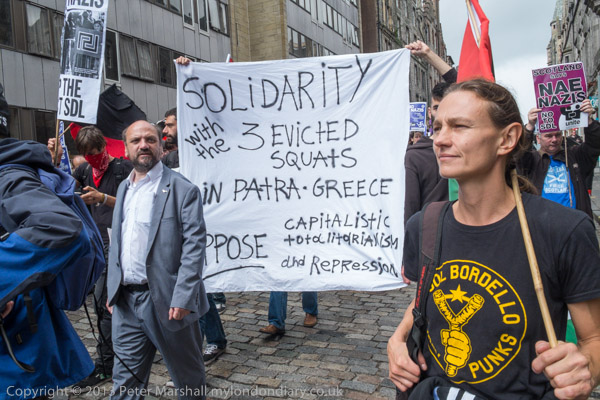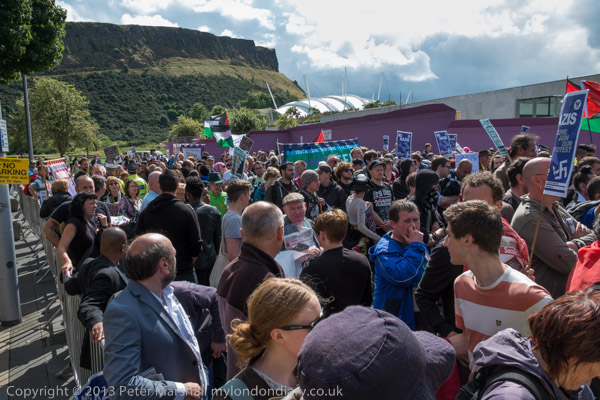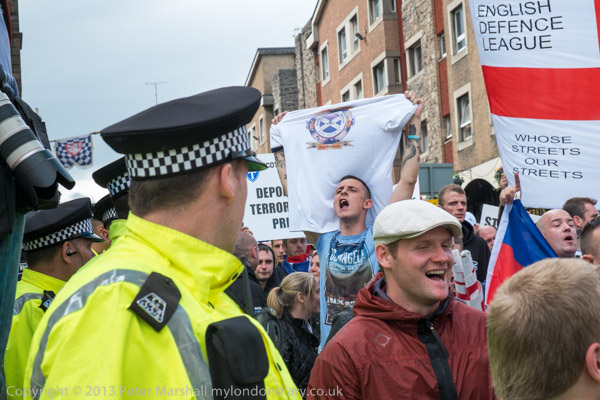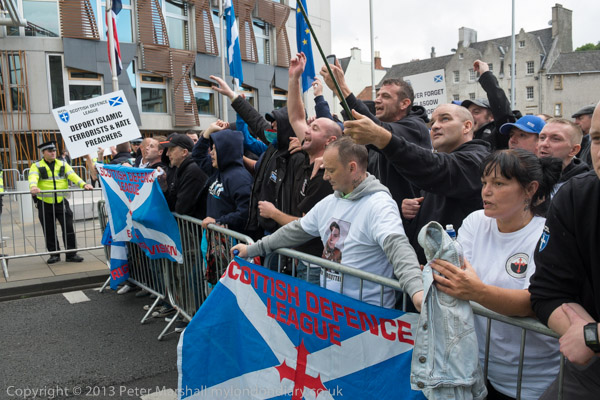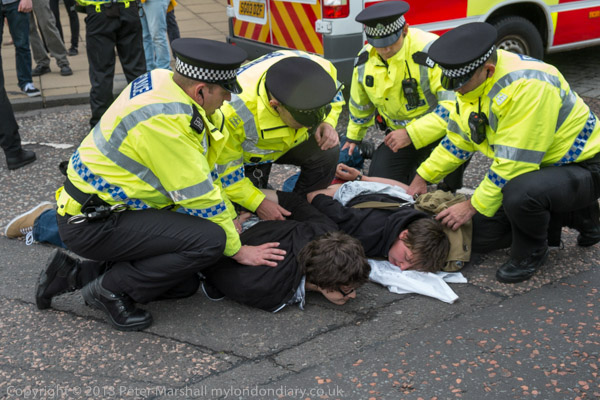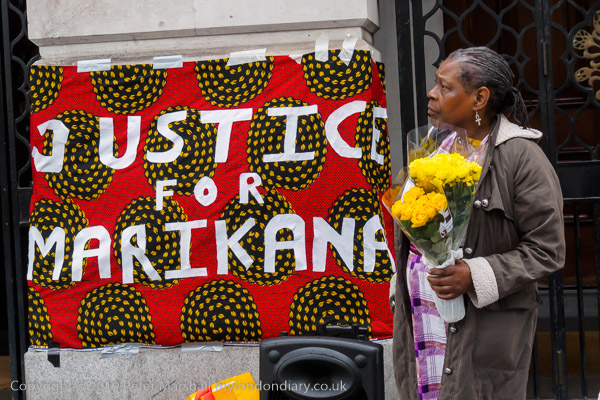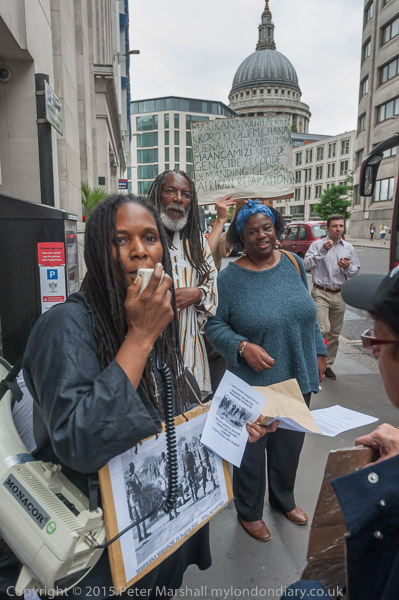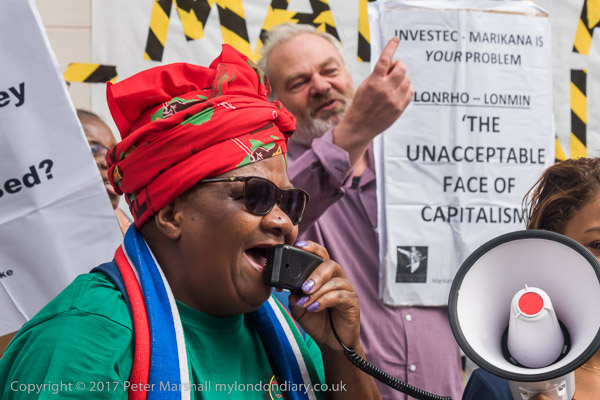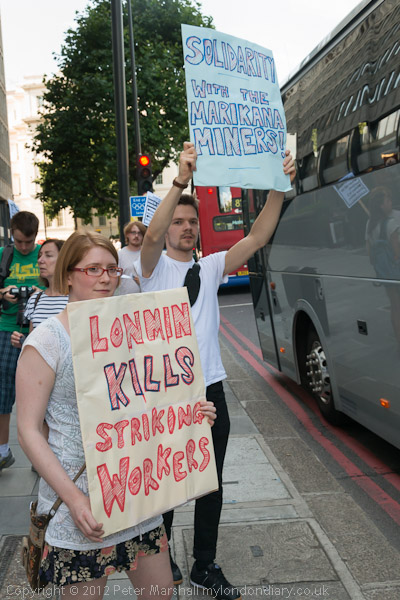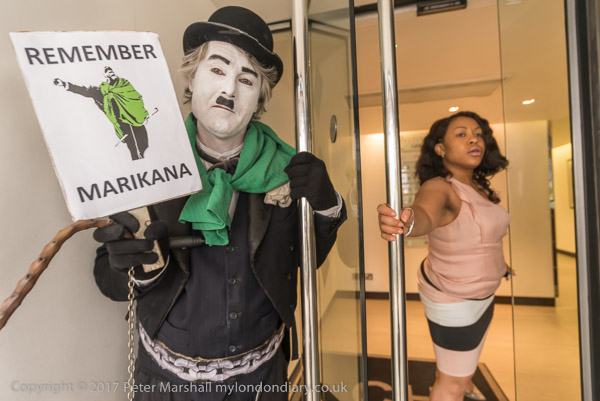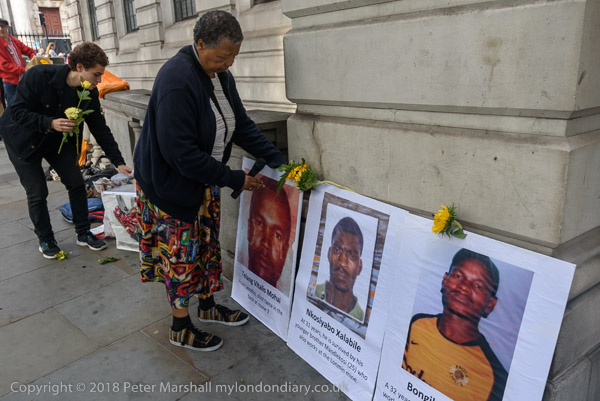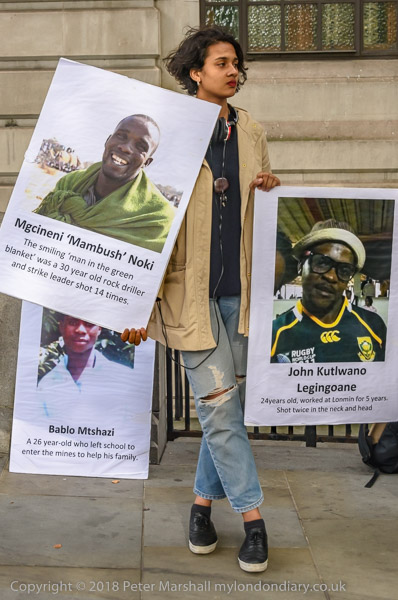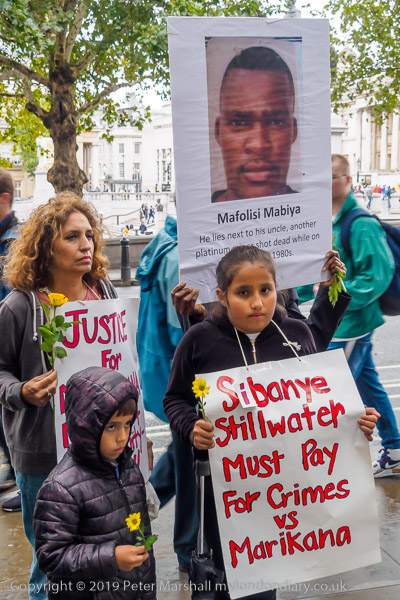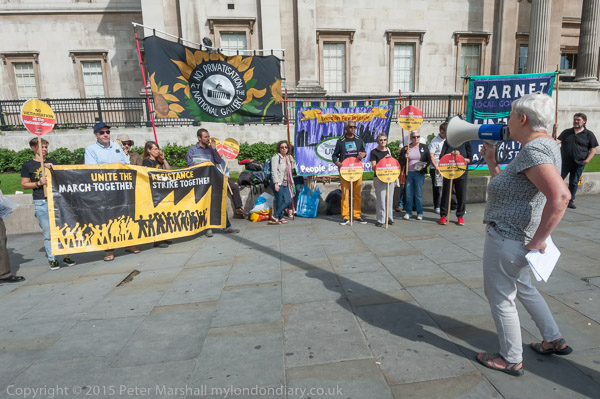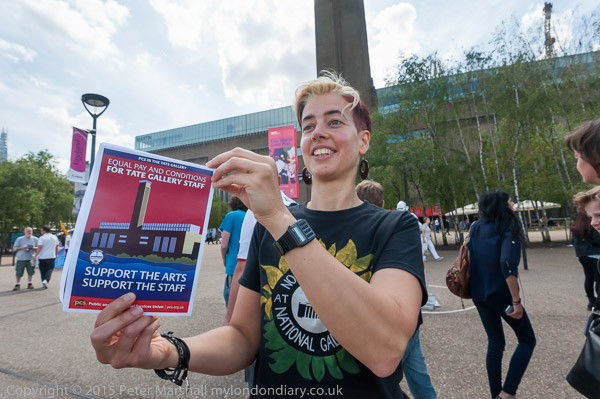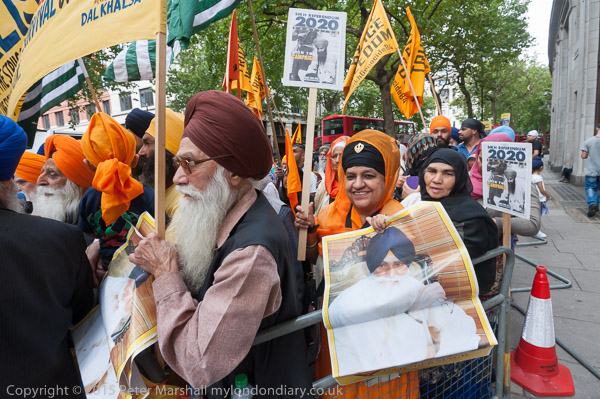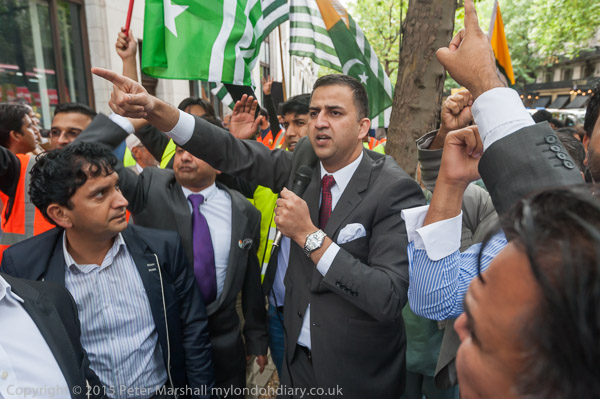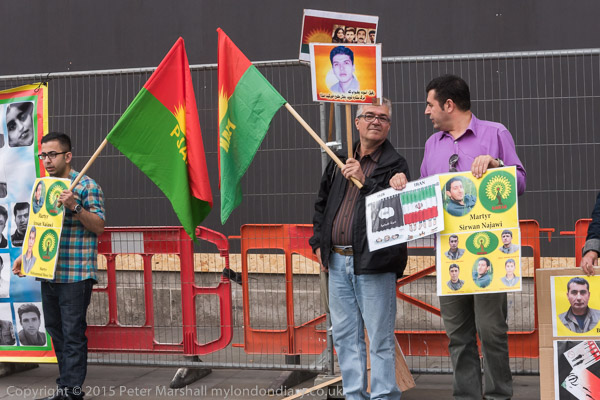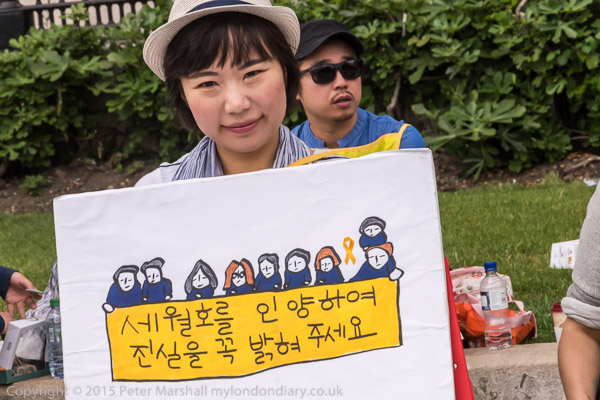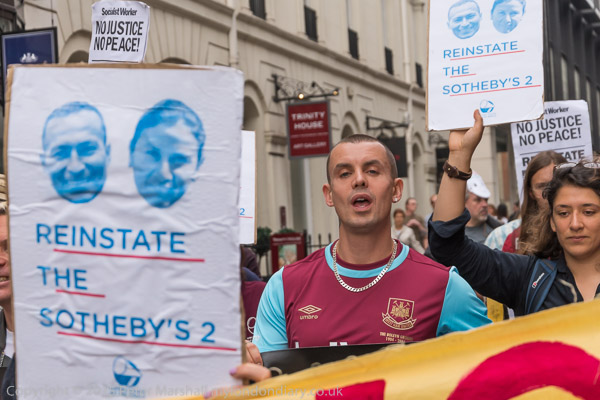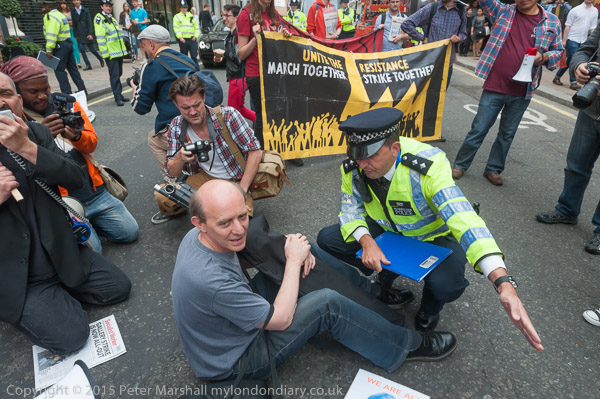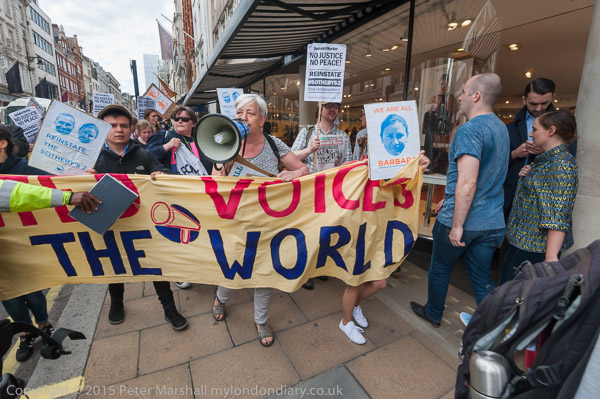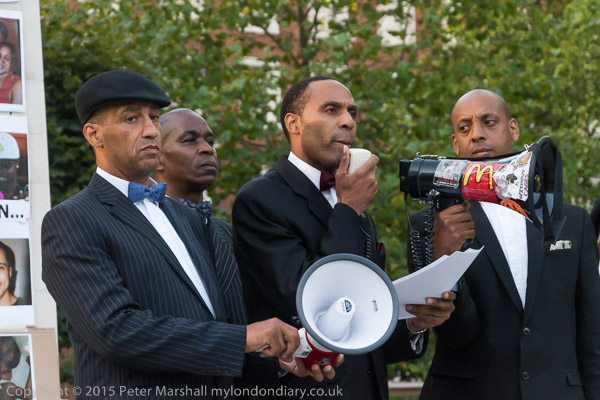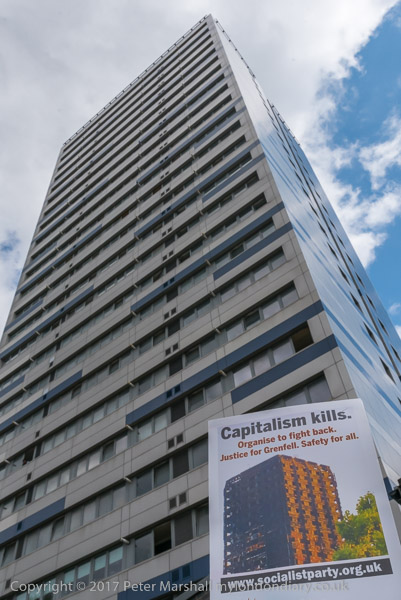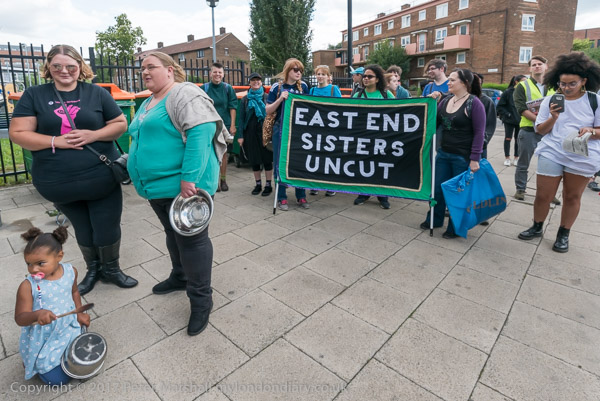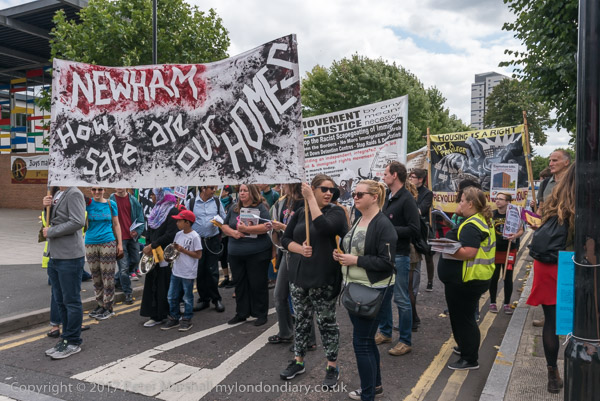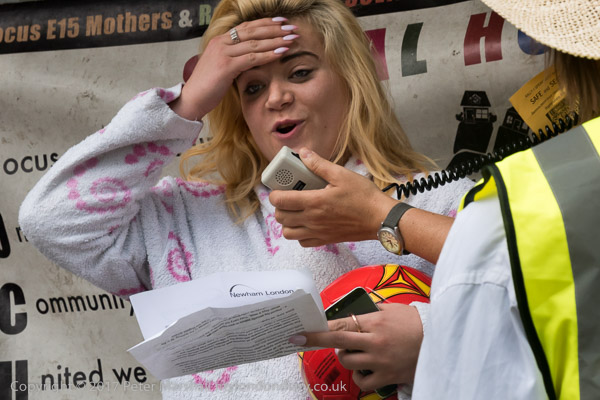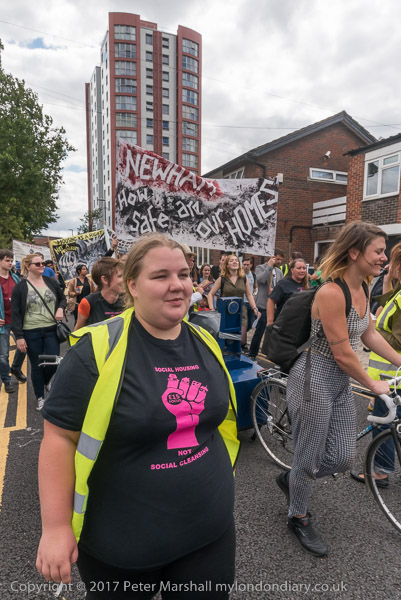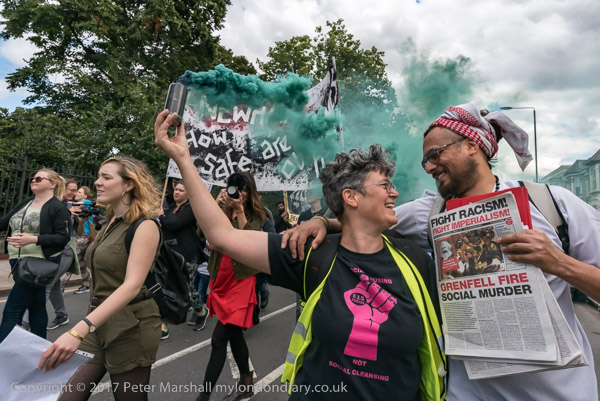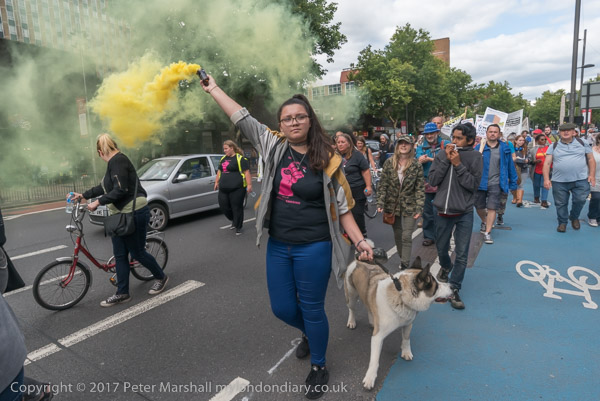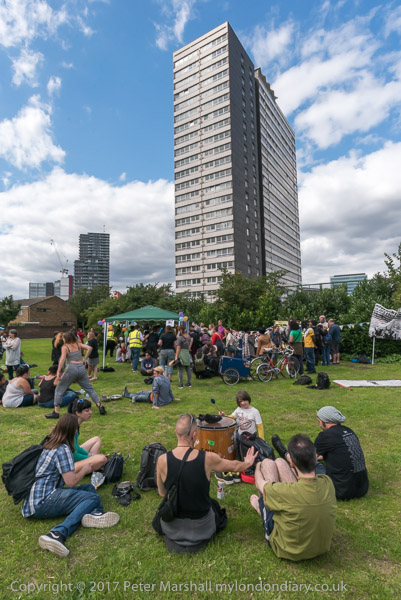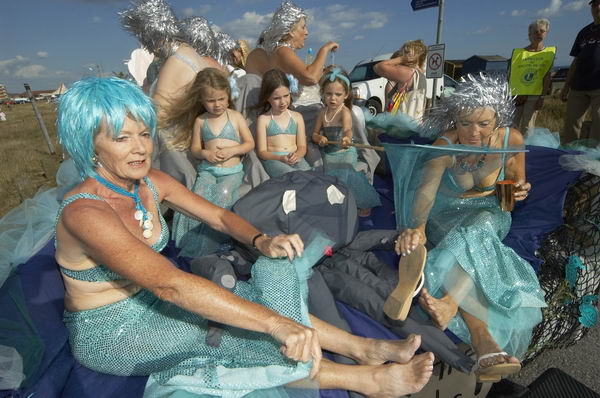
Years ago much of my photography was of public events other than protests, partly because there seemed to be fewer protests, or perhaps it was simply harder to find out about when and where they were taking place.
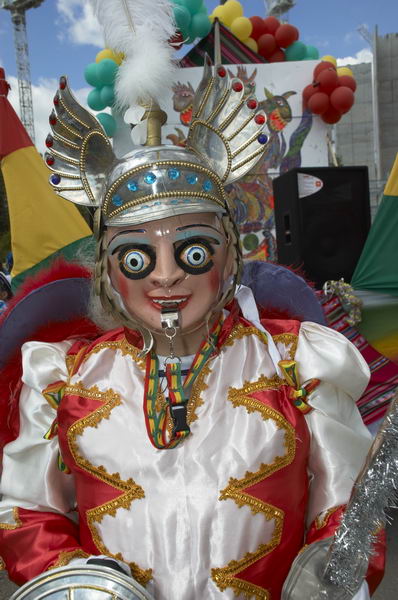
Although social media existed, back in 2005 few groups that were organising protests had began to make much use of it. There were some groups that had web sites on which they published information, and a few wider organisations, particularly Indymedia that had some listings but finding information was still largely a matter of reading printed newsletters and flyposted posters along with lengthy sessions on the web, going through a long list of web sites and searching – and back in 2005 Google had just begun to be the hugely dominant search engine.
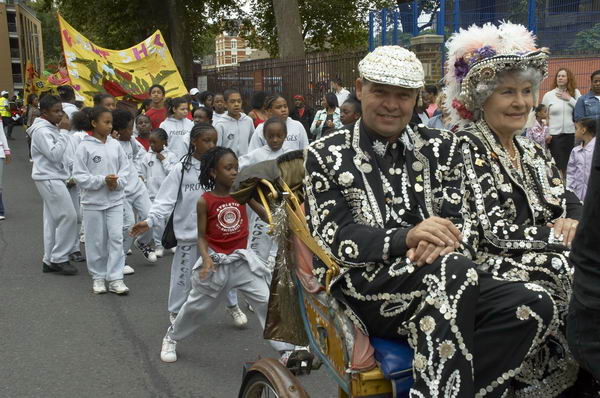
But I was also more interested in cultural events, both traditional English events and those that had been brought to us by our migrant communities. And in London many events involved people from all across our now very varied communities, whether their roots were in this country or abroad.
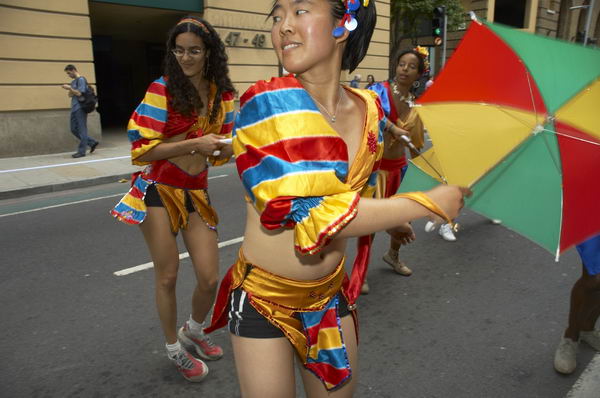
Cultural events change more slowly than political events, and many, particularly religious events tend to follow a set pattern and become less interesting to photograph for me. Though I might still enjoy going, for example, to Notting Hill Carnival after perhaps a dozen times I found I had little new to say. Though it was a knee injury that prevented me from getting there in 2005. I dragged myself painfully to the station, but fell down in agony on the steps and decided it wasn’t a year for dancing and began the painful journey home.
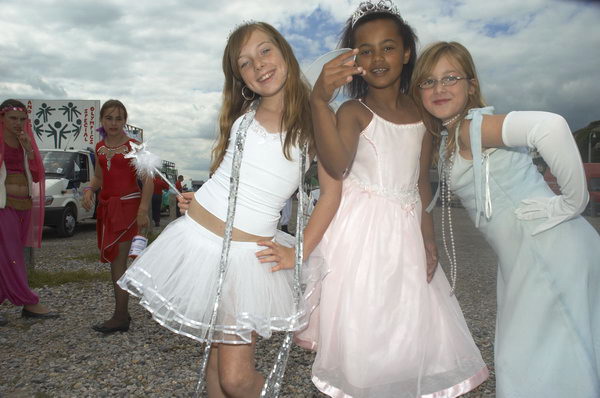
Earlier in the month I’d accompanied fellow photographers to a couple of more traditional English carnivals in Hayling Island and in Hastings, as well as photographing the Shoreditch Festival Parade and the Latino Carnaval del Pueblo in Southwark. The pictures in this post come from those events. That month I also found time to visit Brian Haw and to cover another protest in Parliament Square over new protest laws and one calling for a tax on foreign currency exchange transactions.
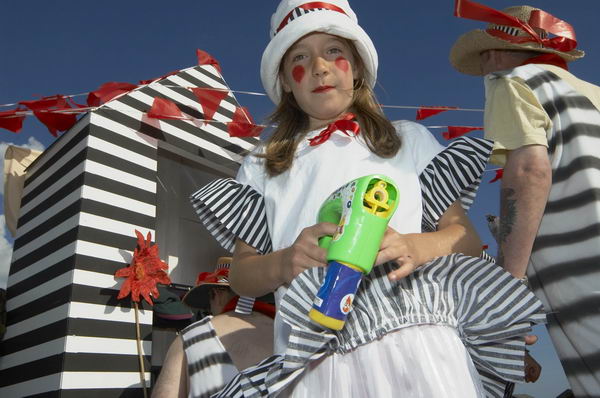
Back in 2005, My London Diary was in a slightly less developed state. My comments were still all in lowercase and there are no links to individual events. And although all the pictures on-line are digital colour I also took some pictures in medium format on black and white film.
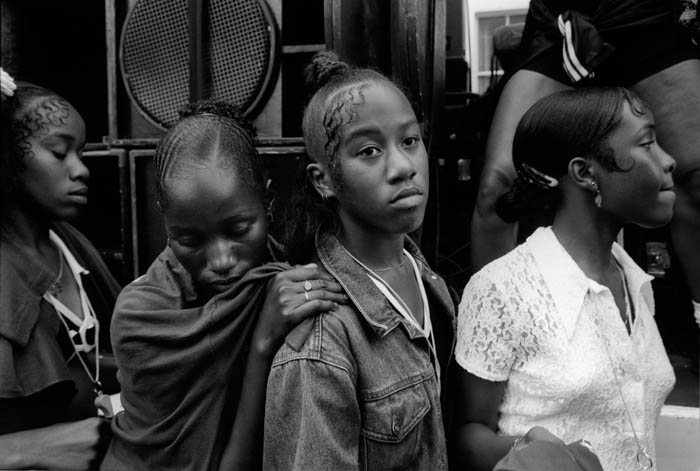
In 2008 I took part in a show with 3 other photographers, English Carnival, and the web site from this remains on-line. My pictures are a black and white set from Notting Hill in 1990-2001, but those by the others – Paul Baldesare, Dave Trainer and Bob Watkins – are from traditional English events, and include several taken at events I was also photographing.
All photographs on this and my other sites, unless otherwise stated, are taken by and copyright of Peter Marshall, and are available for reproduction or can be bought as prints.
















